Why anyone does anything is everything. Getting out of bed to go to work is a wholly different enterprise than getting out of bed because you hear your dog being sick. Why? Because the reason is different. Even if you love your job, you won’t fly out of that bed like you would upon hearing your pet summon gastric juices. The latter is a very “spring loaded” situation. You’re the same person, you’re still just getting out of bed. The difference is the why. It is the same with fight scenes! Why a fight is happening changes the fight because the why changes the characters. Change the why and the why changes you.
Fight Write Fight Write, Round Two
How the Why Impacts the Fight
Nothing has a greater impact on a fight than why it is taking place. The same is true when crafting a fight scene. The whys of a fight all work together to create a framework on which to build your scene. Here’s how:
- The whys determine what is at stake.
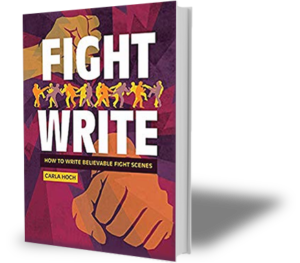
- The stakes determine and explain the intensity of the action.
- That intensity determines speed and style of combat.
- The whys can also turn every one of those on their ears by imparting advantage and disadvantage and making a disparity of size and skill irrelevant.
What Is at Stake
Knowing what is at stake explains why a character is doing what they are doing and can help the reader connect with the character. No, your reader may not know what it is to take a sword in hand and run headlong into a battle. But they understand fear. They understand pain. They understand loss. And they likely understand wanting something so badly they are willing to risk feeling all of those. As soon as your reader connects to the character’s why, you bring your reader into the fray alongside them. When the reader is fully in the scene, with everything there is to gain or lose laid out in front of them, they will have a better understanding of the intensity of the fight and become more invested in the outcome.
What Fight Scenes Can Do for Your Story
Intensity
Intensity in fighting is a lot volume in a movie. When there’s nothing much taking place, the volume is normal. But you hit an action scene and everything gets really loud. It’s like that in fighting. When I am warming up and doing drills, my intensity is low. When I am sparring, the intensity goes up a bit. It’s only middle volume though because what is at stake is just me making use of my knowledge. Technically, there’s no losing in sparring, but I am both attacking and defending which makes me dial it up a bit. When I step onto the mat to compete, I am facing down an opponent who wants to win as much as I do and is willing to hurt me to do it. The volume is way up. And then, if I leave the arena and am assailed in the parking lot, I will fight with an even greater intensity than I did for a medal. I will push that volume, as the band Spinal Tap said, “up to eleven.” In every one of those instances, the intensity/volume goes up because of the stakes.
Fight Scene Guide Step-by-Step
Speed and Style of Combat
The why of a fight and the stakes at play also affect speed and style of combat. Generally, the style of attack determines the speed of the response. But the stakes may also impact speed. Your character may become a whirling dervish of terror in the boxing ring. But that same character will likely freeze if held at gunpoint. Why? Because the stakes of punching a willing opponent are much different than taking on a weapon. If the assailant is disarmed, your boxing character may become faster than they ever have been in the ring because their life is on the line.
Blocking a Fight Scene – Mapping
Advantage/Disadvantage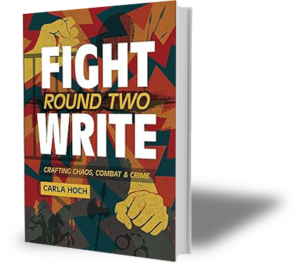
To understand how the why of a fight can impart advantage or impose disadvantage, you have to consider that there is more than one why in the fight. Every character in a fight has their own unique reason for combat. And, it’s not just about winning. It’s about what winning means to that character. Just plain wanting to win isn’t a great why. Don’t fall for the “losing isn’t an option,” motto. Losing is always an option. Yes, why someone is fighting will impact how willing they are to do whatever it takes to win, and that can be an advantage. But an advantage isn’t the same thing as the advantage.
That said, the most dangerous person is always the more willing person. If my assailant and I both have a knife, the one more willing to use it is more dangerous. It doesn’t matter that the attacker is bigger, faster and stronger. Their hesitancy to use the knife, which is based on their own unique why, makes their inherent advantage a detriment. Because, guess what? Bigger body means larger target for me.
Every Will Has a Why
Willingness to engage is anchored in a why. That why may be based in the moment or tethered to the past. If I get into the ring with professional heavy weight boxer, I’m as good as dead. That fighter could literally break my neck. I might die and will definitely lose UNLESS their why gives me the advantage. If they are being paid to lose, I will win. If they don’t want to hurt me, I will win. If something about me ignites a childhood trauma within them that leaves them frozen, I will win.
Don’t just focus on the why of the hero. Remember, the only difference in a hero and a villain is who is telling the story. The villain has a why that is just as compelling and impacts their manner of fighting too. Every will has a why. And every why can change the will.
Nothing impacts a fight scene more than why it is happening. Before you throw your character headlong into the fray, consider why they are in it. What are the stakes? Those stakes don’t simply impact the intensity, speed and style of combat, they also pull your reader ringside. And don’t assume that every fight that same character is in will be fought the same way. The character may be the same, but if their reasoning for fighting changes, that reasoning will in turn change them.
Change the why, and the why changes you.




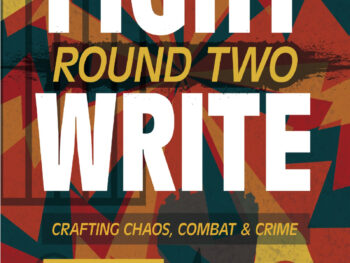
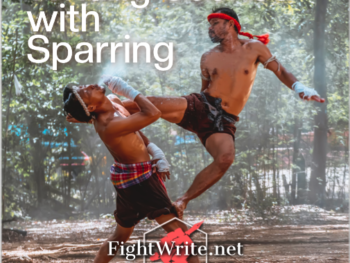
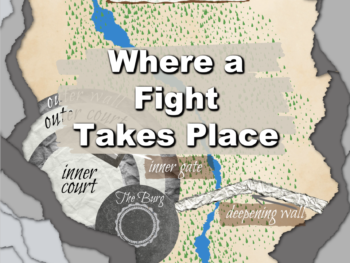
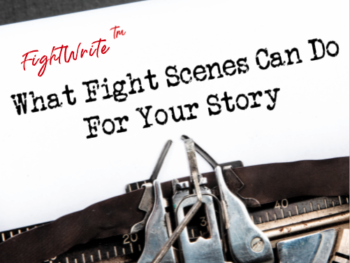
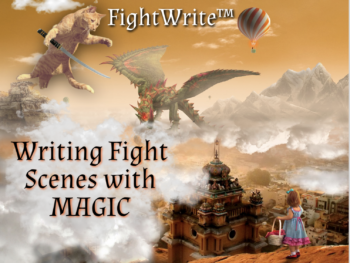
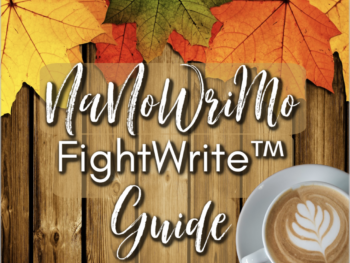
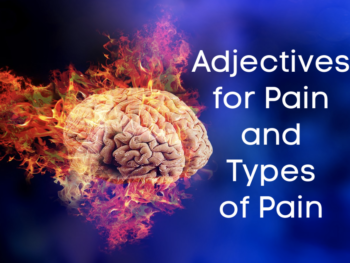
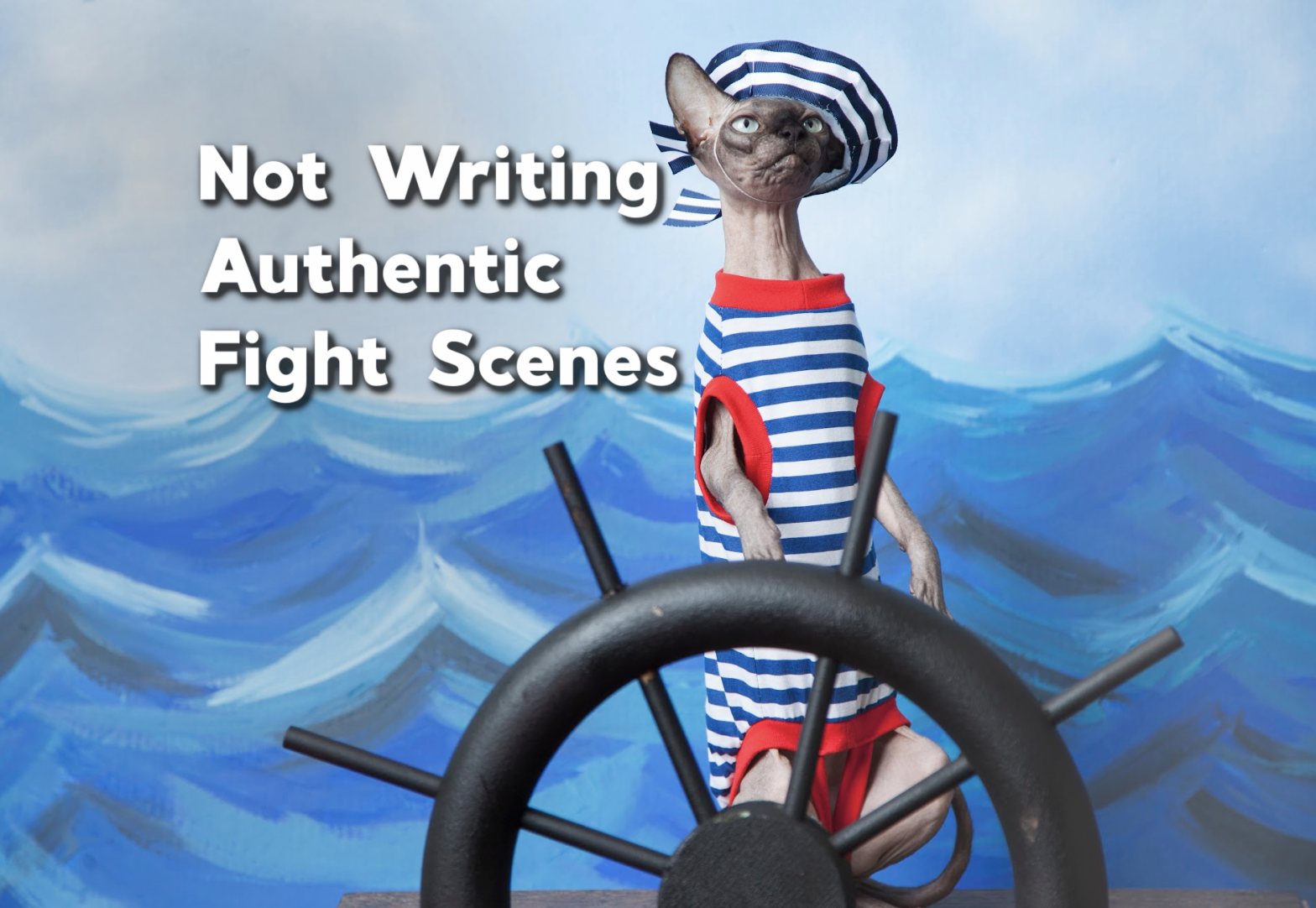
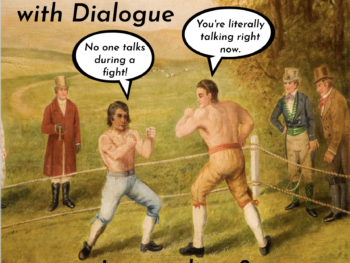
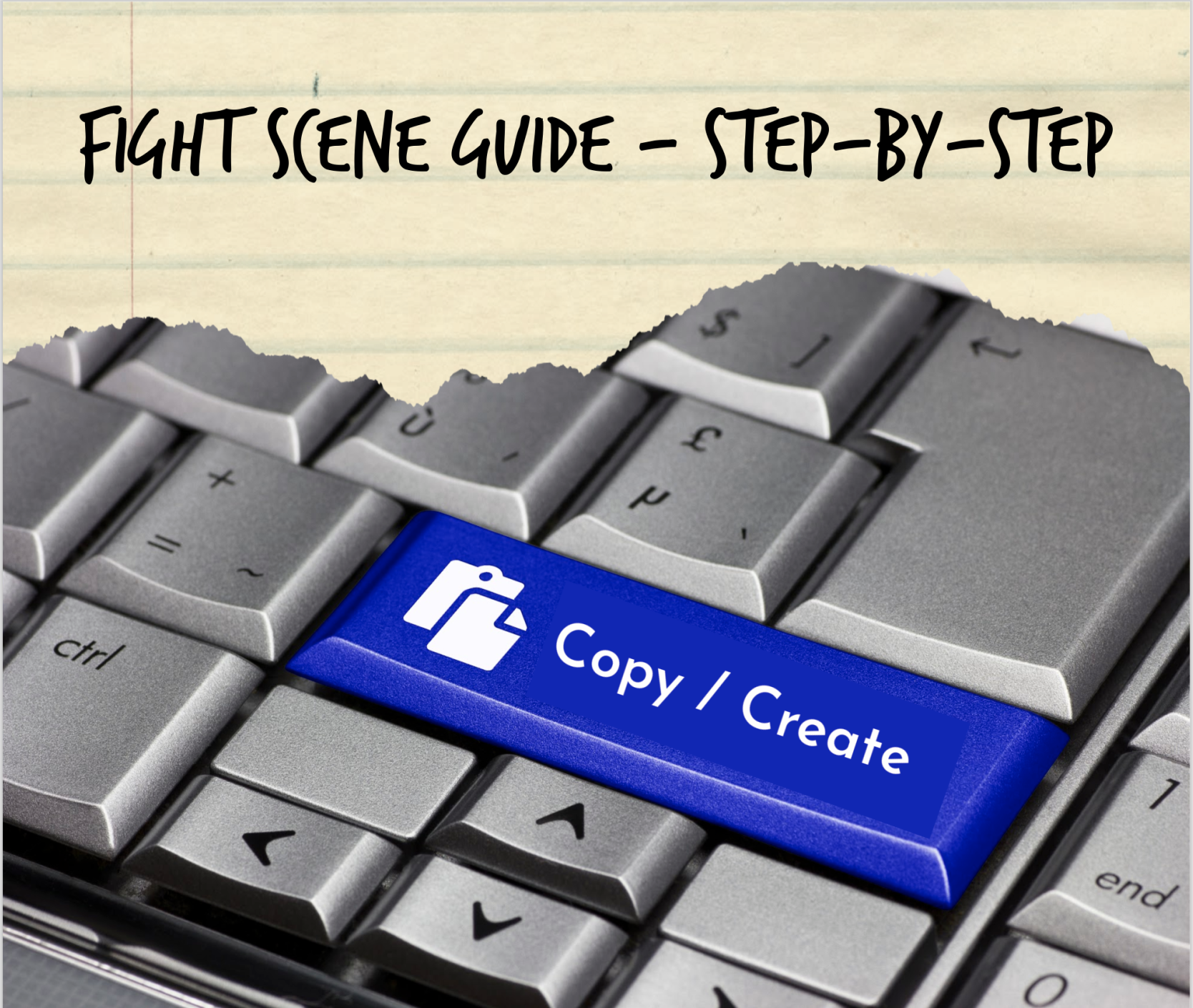
Wonderful goods from you, man. I have bear in mind your stuff previous to and you’re just extremely wonderful. I actually like what you have received here, certainly like what you are saying and the way by which you say it. You’re making it enjoyable and you continue to take care of to keep it wise. I can’t wait to read far more from you. That is actually a great site.
Precisely what I was looking for, appreciate it for posting.
I appreciate, cause I found exactly what I was looking for. You’ve ended my four day long hunt! God Bless you man. Have a great day. Bye
Hiya, I am really glad I’ve found this information. Nowadays bloggers publish only about gossips and net and this is actually irritating. A good blog with interesting content, this is what I need. Thanks for keeping this site, I’ll be visiting it. Do you do newsletters? Can not find it.
Very nice post. I just stumbled upon your weblog and wanted to say that I have truly enjoyed surfing around your blog posts. After all I’ll be subscribing to your rss feed and I hope you write again very soon!
I intended to write you this very small note just to say thanks a lot over again regarding the wonderful pointers you have contributed in this article. It was surprisingly generous of people like you to provide unreservedly what exactly many people would have made available for an electronic book to make some profit for their own end, principally now that you could have tried it if you considered necessary. These suggestions as well acted to become a great way to understand that someone else have a similar desire similar to mine to learn a whole lot more concerning this issue. I am certain there are some more fun occasions up front for individuals who check out your blog post.
I like this post, enjoyed this one thankyou for putting up.
Really great info can be found on website. “You have to learn that if you start making sure you feel good, everything will be okay.” by Ruben Studdard.
Excellent read, I just passed this onto a friend who was doing a little research on that. And he just bought me lunch as I found it for him smile Therefore let me rephrase that: Thanks for lunch! “Feeling passionate about something is like getting a peak at your soul smiling back at you.” by Amanda Medinger.
Absolutely composed written content, appreciate it for selective information.
Rattling nice style and superb content material, hardly anything else we want : D.
Thanks for all your efforts that you have put in this. very interesting info .
Wow! This could be one particular of the most useful blogs We have ever arrive across on this subject. Actually Magnificent. I’m also a specialist in this topic therefore I can understand your hard work.
Heya i’m for the first time here. I found this board and I find It truly useful & it helped me out much. I hope to give something back and aid others like you aided me.
Awesome blog! Is your theme custom made or did you download it from somewhere? A theme like yours with a few simple tweeks would really make my blog stand out. Please let me know where you got your theme. Kudos
Thank you for another informative site. Where else could I get that kind of info written in such a perfect way? I have a project that I am just now working on, and I have been on the look out for such information.
The core of your writing while sounding agreeable originally, did not sit very well with me after some time. Someplace throughout the paragraphs you were able to make me a believer unfortunately just for a short while. I still have a problem with your jumps in assumptions and one might do well to fill in all those breaks. When you actually can accomplish that, I will undoubtedly be fascinated.
I?¦ll right away grab your rss feed as I can’t to find your email subscription hyperlink or e-newsletter service. Do you’ve any? Kindly permit me know so that I may just subscribe. Thanks.
Thanks for another informative website. The place else may I get that type of info written in such an ideal manner? I have a project that I’m simply now running on, and I have been on the look out for such info.
My spouse and I stumbled over here by a different web page and thought I might check things out. I like what I see so now i’m following you. Look forward to exploring your web page for a second time.
Valuable information. Fortunate me I found your site by chance, and I’m shocked why this accident did not took place in advance! I bookmarked it.
Wohh just what I was looking for, appreciate it for posting.
I used to be recommended this website by my cousin. I am no longer sure whether or not this put up is written via him as no one else know such specified approximately my trouble. You are wonderful! Thanks!
Glad to be one of several visitants on this awe inspiring site : D.
I really appreciate this post. I have been looking all over for this! Thank goodness I found it on Bing. You’ve made my day! Thanks again
I think other web-site proprietors should take this web site as an model, very clean and wonderful user genial style and design, as well as the content. You are an expert in this topic!
When I originally commented I clicked the “Notify me when new comments are added” checkbox and now each time a comment is added I get three emails with the same comment. Is there any way you can remove me from that service? Appreciate it!
Do you have a spam issue on this blog; I also am a blogger, and I was wanting to know your situation; we have developed some nice procedures and we are looking to exchange strategies with other folks, be sure to shoot me an e-mail if interested.
Today, while I was at work, my sister stole my iphone and tested to see if it can survive a 25 foot drop, just so she can be a youtube sensation. My apple ipad is now destroyed and she has 83 views. I know this is totally off topic but I had to share it with someone!
Hi there this is kinda of off topic but I was wanting to know if blogs use WYSIWYG editors or if you have to manually code with HTML. I’m starting a blog soon but have no coding expertise so I wanted to get guidance from someone with experience. Any help would be greatly appreciated!
hello!,I like your writing so much! share we communicate more about your article on AOL? I require a specialist on this area to solve my problem. Maybe that’s you! Looking forward to see you.
Wohh precisely what I was searching for, thanks for posting.
I feel that is among the so much significant information for me. And i am satisfied studying your article. However should statement on few common things, The site taste is ideal, the articles is actually great : D. Good activity, cheers
Some genuinely interesting points you have written.Helped me a lot, just what I was looking for : D.
Some truly interesting information, well written and broadly speaking user friendly.
hello there and thank you for your info – I have definitely picked up something new from right here. I did however expertise a few technical points using this site, as I experienced to reload the web site a lot of times previous to I could get it to load correctly. I had been wondering if your hosting is OK? Not that I’m complaining, but sluggish loading instances times will sometimes affect your placement in google and could damage your quality score if advertising and marketing with Adwords. Well I’m adding this RSS to my email and can look out for much more of your respective exciting content. Ensure that you update this again soon..
Wonderful site. Lots of useful information here. I’m sending it to a few friends ans also sharing in delicious. And naturally, thanks for your sweat!
You are my inhalation, I own few web logs and often run out from brand :). “‘Tis the most tender part of love, each other to forgive.” by John Sheffield.
Magnificent goods from you, man. I’ve consider your stuff prior to and you’re just too magnificent. I actually like what you’ve obtained here, really like what you are stating and the way by which you are saying it. You’re making it enjoyable and you still care for to stay it wise. I can not wait to learn much more from you. That is actually a tremendous site.
I visited a lot of website but I think this one holds something extra in it in it
Very nice style and great articles, practically nothing else we need : D.
You have brought up a very excellent details , thanks for the post.
Exactly what I was searching for, appreciate it for posting.
Some truly fantastic articles on this internet site, appreciate it for contribution.
Wow! Thank you! I constantly needed to write on my website something like that. Can I implement a portion of your post to my site?
What¦s Going down i am new to this, I stumbled upon this I’ve found It positively helpful and it has aided me out loads. I’m hoping to give a contribution & assist other users like its helped me. Great job.
Good ?V I should definitely pronounce, impressed with your site. I had no trouble navigating through all the tabs and related info ended up being truly simple to do to access. I recently found what I hoped for before you know it in the least. Quite unusual. Is likely to appreciate it for those who add forums or something, site theme . a tones way for your customer to communicate. Nice task..
This is the fitting blog for anyone who desires to find out about this topic. You realize so much its virtually hard to argue with you (not that I really would need…HaHa). You undoubtedly put a brand new spin on a subject thats been written about for years. Nice stuff, simply nice!
This blog is definitely rather handy since I’m at the moment creating an internet floral website – although I am only starting out therefore it’s really fairly small, nothing like this site. Can link to a few of the posts here as they are quite. Thanks much. Zoey Olsen
Hey There. I found your blog using msn. This is an extremely well written article. I’ll make sure to bookmark it and come back to read more of your useful information. Thanks for the post. I’ll certainly return.
I truly appreciate this post. I¦ve been looking everywhere for this! Thank goodness I found it on Bing. You’ve made my day! Thx again
Hi there, You have done an incredible job. I’ll definitely digg it and in my view recommend to my friends. I’m confident they will be benefited from this website.
Magnificent items from you, man. I have be mindful your stuff prior to and you are just extremely fantastic. I really like what you’ve bought right here, really like what you’re saying and the way during which you assert it. You are making it enjoyable and you continue to take care of to stay it smart. I can not wait to learn much more from you. This is really a terrific site.
This is a topic close to my heart cheers, where are your contact details though?
As a Newbie, I am always exploring online for articles that can aid me. Thank you
Attractive section of content. I just stumbled upon your weblog and in accession capital to assert that I acquire in fact enjoyed account your blog posts. Any way I’ll be subscribing to your augment and even I achievement you access consistently rapidly.
This web site is really a walk-through for all of the info you wanted about this and didn’t know who to ask. Glimpse here, and you’ll definitely discover it.
I think this internet site has got some really wonderful information for everyone. “A kiss, is the physical transgression of the mental connection which has already taken place.” by Tanielle Naus.
Wow that was odd. I just wrote an really long comment but after I clicked submit my comment didn’t appear. Grrrr… well I’m not writing all that over again. Regardless, just wanted to say wonderful blog!
Lovely website! I am loving it!! Will be back later to read some more. I am taking your feeds also
Hello my family member! I wish to say that this post is amazing, great written and come with almost all vital infos. I¦d like to see more posts like this .
You made various fine points there. I did a search on the subject and found mainly persons will go along with with your blog.
You have remarked very interesting points! ps nice site.
I don’t usually comment but I gotta tell thanks for the post on this one : D.
magnificent post, very informative. I wonder why the other experts of this sector do not notice this. You should continue your writing. I’m confident, you have a great readers’ base already!
I am pleased that I noticed this website, just the right info that I was looking for! .
Hello! I could have sworn I’ve been to this blog before but after browsing through some of the post I realized it’s new to me. Anyways, I’m definitely happy I found it and I’ll be book-marking and checking back frequently!
Saved as a favorite, I really like your blog!